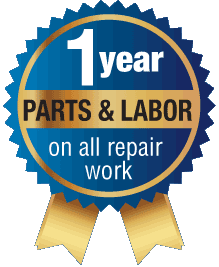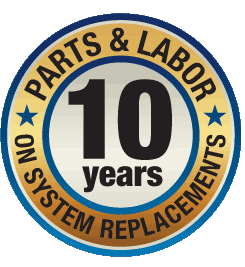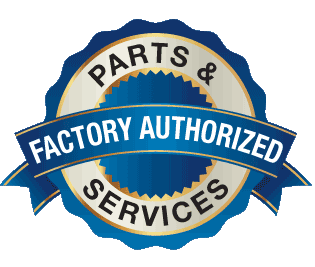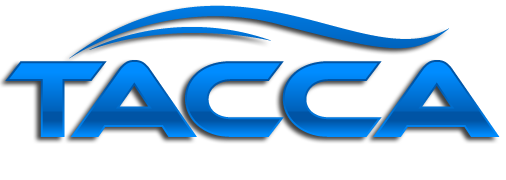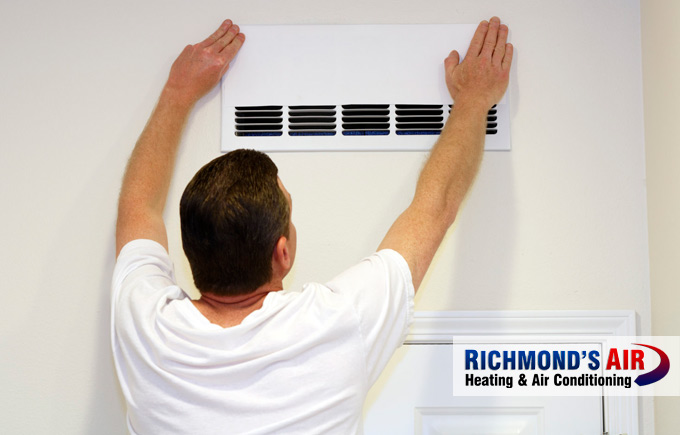
A checklist of services to expect during your professional HVAC inspection
When the weather is mild and temperate, a broken heating or cooling system may not be a big problem. However, in the winter and summer, there’s no doubt that your HVAC system needs to be working properly to keep you comfortable.
A sudden failure of your HVAC (heating, ventilation and air conditioning) system is usually due to lack of maintenance or poor maintenance. Homeowners who keep up with their HVAC maintenance through yearly inspections are rarely blindsided by sudden failure or huge repair bills.
Why get an AC inspection every year?
To put it simply: an ounce of prevention is worth a pound of cure. Not maintaining your HVAC system is likely to lead to costly repair bills when it eventually fails.
Living in an area with hot and humid summers like Houston, your AC works to keep your house cool for most of the year. Then, it sits dormant for several months.
An annual inspection before the hot weather kicks in is the best way to make sure that it’s operating correctly and at peak efficiency. That way, you won’t have any surprises in the middle of a sweltering summer.
Can you inspect the HVAC yourself?
Unless you have training as an HVAC technician, you likely won’t have the ability or knowledge to properly and safely inspect your system. Trained HVAC technicians know exactly what signs to look for and how to make sure the system is operating correctly.
Does your warranty call for regular maintenance?
HVAC systems are designed to be regularly maintained. Constantly used parts will eventually wear out and operate less efficiently. Since the system revolves around moving air, it will eventually get clogged with particles and dust.
Many AC manufacturers understand this process and require regular maintenance as a prerequisite to offering a warranty.
Cost of HVAC inspections
Prices of professional inspections will vary depending on the company and location. A complete inspection of an unfamiliar HVAC, such as during the process of buying a home, is likely to cost somewhere between $200-500.
For an annual tune-up or check-up, the price is usually between $80-200. If you happen to be selling a house, having a record of regular HVAC inspections is a great selling point for a buyer’s peace of mind.
The basics of AC inspection
The essential steps needed to perform a full inspection of a residential air conditioning and heating system include the following services:
- The thermostat, AC, blower shutoff and wiring should all be tested for integrity.
- Electrical components and connections should all be visually inspected and tightened, if necessary.
- Supply registers and return vents should be visually inspected and cleaned of blockages, if necessary.
- Air filters in the indoor unit and return grilles should be replaced.
- The drain line should be cleaned and flushed.
- All limit and safety controls should be tested.
- If you have a condensate pump, it should be inspected and cleaned.
- Capacitors and connectors should be inspected for rust or corrosion and tested as necessary.
- The condenser coil should be cleaned.
- All lines and coils should be inspected and the suction line insulation should be tested for integrity.
- The compressor, fan motor and blower motor amp draws should all be tested.
- The refrigerant charge should be inspected and verified to meet manufacturer specs.
- The temperature drop on the evaporator coil should be checked.
- The static pressure should be tested for efficiency and ways to improve airflow.
- The exposed ductwork should be inspected for air leaks.
Any AC inspection that does not include all these steps is not considered a full and complete inspection.
Residential AC tune-ups: an in-depth look
Your licensed HVAC tech will perform a number of steps to ensure your system is working properly. The technician will calibrate your thermostat and make sure that it is properly installed in the right location away from heat sources. The electrical connections will be fully inspected for safe operation. This helps ward off potential fire hazards and improve the lifespan of your AC system.
All moving parts should be lubricated to avoid damage from friction. A lack of lubrication is a common reason for worn parts. Drain lines should be fully cleared to get rid of any clogs, mold or bacteria. Clogged lines can lead to water leaks. The system controls will be fully checked and tested to ensure that they are operating properly in both starting and stopping.
Scheduling a yearly AC inspection can help you save money in the long run by lowering your energy bill, extend the life of your system, and catch any small problems before they become big and costly.
 Read reviews
Read reviews

